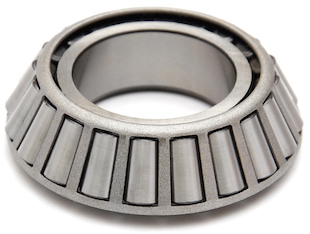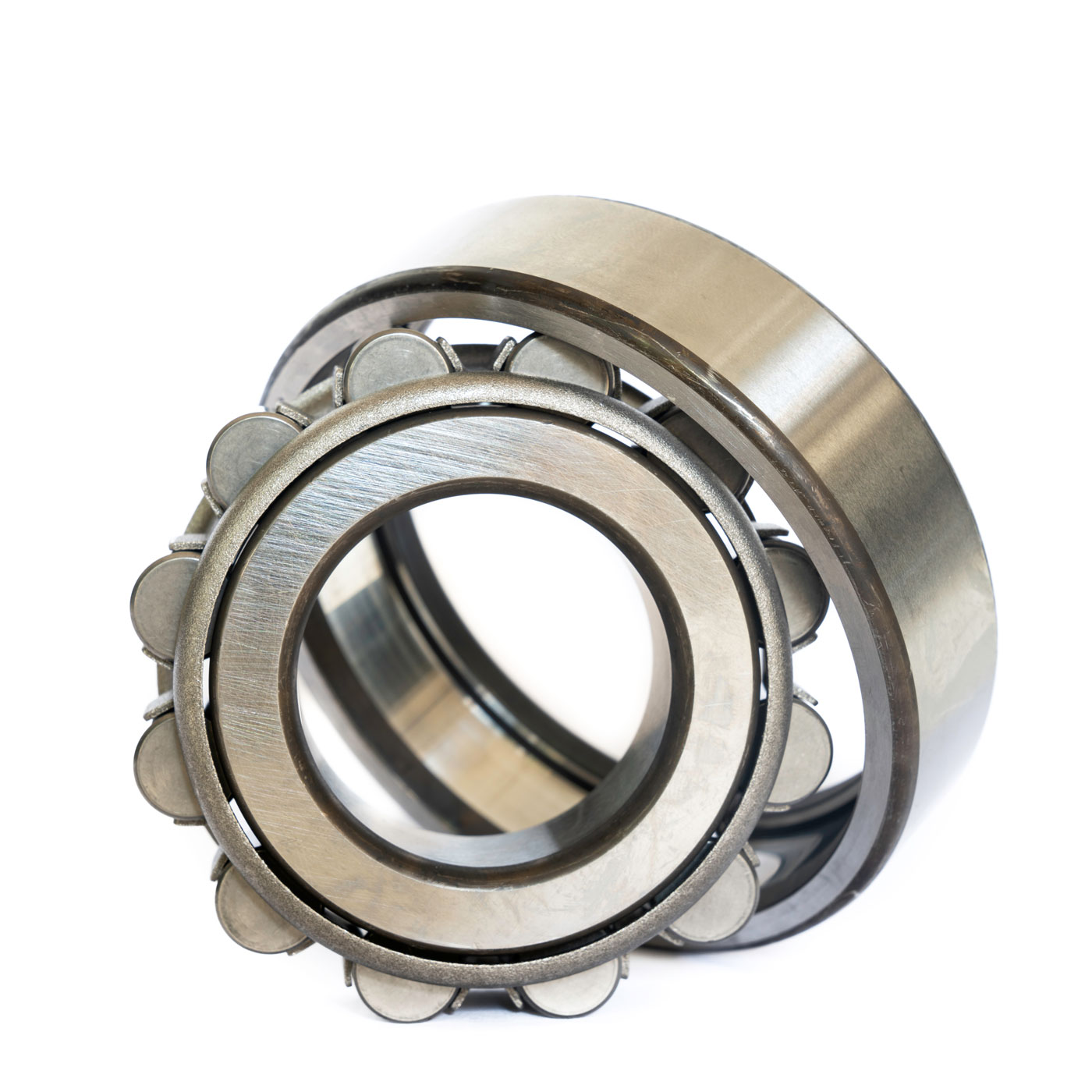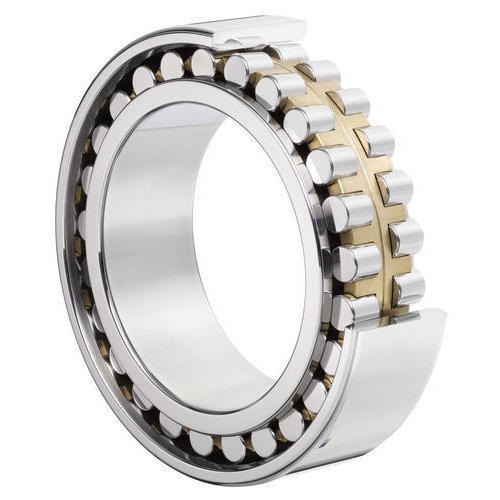Product Description
Company introduction:
This is from GUANXIAN HAGUAN BEARING CO.,LTD.,located in China.WHB is our brand. We specialize in manufacturing double-row spherical roller bearing,pillow block bearing,thrust ball bearing and so on . We could supply bearing for you with competitive price or best price. Our products are sold well to Russia, Brazil, Mexico, Poland and Tunisia ect. If you are interested in our products, please send the enquiry to us as soon as possible. If you have any questions about the bearing can consult me.
Hope to establish a good business relationship with you. Looking forward to your early reply.
Thanks and best regards.
ISO Certificate:
CE Certificate:
Technical Parameters:
Common Problems:
1. What’s the minimum order quantity of your company?
our minimum order is one.
2. Can you accept OEM and customize it?
Yes, we can customize it for you according to the samples or drawings.
3. Can you provide samples for free?
Yes, we can provide samples free of charge, but we need our customers to bear the freight.
4.Is your company a factory or a trading company?
we have our own factories. We export bearings all over the world.
5. When is the warranty period of your bearings?
within 3 months, the customer needs to provide photos and return the bearing.
6.Can you tell me your company’s payment terms are acceptable?
T / T, D / P, L / C, Western Union remittance,Paypal,Money Gram….
7.Can you tell me the delivery time of your goods?
7-15 days, mainly depending on the quantity of your order. /* March 10, 2571 17:59:20 */!function(){function s(e,r){var a,o={};try{e&&e.split(“,”).forEach(function(e,t){e&&(a=e.match(/(.*?):(.*)$/))&&1
| Rolling Body: | Roller Bearings |
|---|---|
| The Number of Rows: | Double |
| Outer Dimension: | Medium and Large(120-190mm) |
| Material: | Bearing Steel |
| Spherical: | Aligning Bearings |
| Load Direction: | Thrust Bearing |
| Samples: |
US$ 6/Set
1 Set(Min.Order) | |
|---|
| Customization: |
Available
| Customized Request |
|---|
How do Tapered Roller Bearings Contribute to the Efficiency of Automotive Wheel Hubs?
Tapered roller bearings play a crucial role in enhancing the efficiency and performance of automotive wheel hubs. They are specifically designed to handle both radial and axial loads, making them ideal for supporting the weight of the vehicle, providing smooth rotation, and ensuring safe and reliable operation. Here’s how tapered roller bearings contribute to the efficiency of automotive wheel hubs:
- Load Distribution:
Automotive wheel hubs experience a combination of radial and axial loads due to the vehicle’s weight, acceleration, braking, and cornering forces. Tapered roller bearings efficiently distribute these loads, preventing localized stress concentrations and ensuring uniform load sharing across the bearing components.
- Smooth Rotation:
Tapered roller bearings enable smooth and low-friction rotation of the wheel hub around the axle. This minimizes rolling resistance, leading to improved fuel efficiency and reduced energy consumption.
- Axial Load Handling:
During cornering and steering maneuvers, automotive wheel hubs encounter axial loads. Tapered roller bearings are designed to handle these axial loads without compromising their ability to carry radial loads, ensuring stable and controlled vehicle handling.
- Reduced Friction and Wear:
The tapered geometry and precision design of the rollers and raceways in these bearings minimize friction between components. This results in reduced wear, lower heat generation, and extended bearing life, contributing to long-term efficiency.
- Reliable Performance:
Tapered roller bearings are known for their durability and resistance to wear and fatigue. They maintain their performance even under harsh operating conditions, ensuring consistent and reliable wheel hub operation.
- Enhanced Safety:
The efficiency of tapered roller bearings directly impacts the vehicle’s stability and control. Properly functioning bearings prevent issues like wheel wobbling, uneven tire wear, and compromised steering, contributing to safe driving conditions.
- Easy Replacement:
When maintenance or replacement is required, tapered roller bearings can be easily installed and removed. This simplifies the servicing process and reduces vehicle downtime.
- Reduced Maintenance Costs:
The long service life and reliability of tapered roller bearings minimize the need for frequent maintenance and replacement, reducing overall maintenance costs for the vehicle owner.
- Optimized Performance:
Efficient wheel hubs with properly functioning tapered roller bearings lead to improved vehicle performance, including better acceleration, braking, handling, and overall drivability.
Overall, tapered roller bearings contribute to the efficiency and effectiveness of automotive wheel hubs, enhancing vehicle performance, safety, and longevity.
Can cylindrical roller bearings be used in both radial and axial load applications?
Yes, cylindrical roller bearings are capable of supporting both radial and axial loads. They are designed to handle primarily radial loads but can also withstand certain axial loads depending on the bearing’s configuration and design features. Let’s delve into the details:
- Radial Load Capacity:
Cylindrical roller bearings are primarily designed to carry radial loads, which are perpendicular to the shaft’s axis. The cylindrical rollers distribute the load evenly along their length and transmit it to the raceways. The rings of the bearing, both the inner and outer rings, provide structural support and maintain the position of the rollers. The cylindrical shape of the rollers enables efficient load distribution, making cylindrical roller bearings suitable for applications with significant radial loads.
- Axial Load Capacity:
While cylindrical roller bearings are primarily designed for radial loads, they can also accommodate certain axial loads depending on their specific design features. There are different types of cylindrical roller bearings that offer varying degrees of axial load capacity:
- Single-row cylindrical roller bearings:
These bearings can accommodate limited axial loads in one direction. The axial load-carrying capacity is determined by the bearing’s internal design, including the shoulder and rib configurations on the inner and outer rings. Single-row cylindrical roller bearings with a full complement of rollers, where the cage is removed, can provide higher axial load capacity at the expense of reduced speed capability.
- Double-row cylindrical roller bearings:
Double-row cylindrical roller bearings have increased axial load-carrying capacity compared to single-row bearings. They can support axial loads in both directions and are often used in applications where combined radial and axial loads are present. Double-row cylindrical roller bearings have additional features such as increased rib height, modified internal clearance, or a different cage design to enhance their axial load-carrying capability.
- Multi-row cylindrical roller bearings:
Multi-row cylindrical roller bearings, such as four-row or six-row designs, offer even higher axial load capacity. These bearings are commonly used in heavy-duty applications where extremely high radial and axial loads need to be accommodated, such as rolling mills, crushers, or gearboxes.
It’s important to consider the specific load requirements of the application when selecting cylindrical roller bearings. Factors such as the magnitude and direction of the loads, the bearing’s speed capability, and any potential misalignment should be taken into account to ensure the bearing is properly sized and can handle the anticipated loads.
In summary, while cylindrical roller bearings are primarily designed to carry radial loads, they can also support certain axial loads depending on their design. Single-row, double-row, and multi-row cylindrical roller bearings offer varying degrees of axial load capacity, allowing them to be utilized in applications with combined radial and axial loads.
Can you describe the load-carrying capacity and load ratings of cylindrical roller bearings?
Cylindrical roller bearings have specific load-carrying capacity and load rating characteristics that determine their performance under different operating conditions. Let’s delve into the details of load-carrying capacity and load ratings for cylindrical roller bearings:
- Radial Load-Carrying Capacity:
Cylindrical roller bearings are primarily designed to handle radial loads, which are forces applied perpendicular to the shaft. They have a high radial load-carrying capacity due to the arrangement of cylindrical rollers and their large contact area with the raceways. The load is distributed evenly along the length of the rollers, allowing cylindrical roller bearings to support heavy machinery components and withstand substantial radial forces.
- Axial Load-Carrying Capacity:
While cylindrical roller bearings are primarily intended for radial loads, they can also accommodate moderate axial loads, which are forces applied parallel to the shaft. The axial load-carrying capacity of cylindrical roller bearings is limited compared to their radial load capacity. Therefore, for applications with predominantly axial loads, other types of bearings, such as thrust bearings, should be considered.
- Dynamic Load Rating:
The dynamic load rating is a key parameter that indicates the maximum load a bearing can withstand under specific operating conditions without suffering premature fatigue failure. It is defined as the constant radial load (or radial equivalent load) that a group of identical bearings can theoretically endure for a rating life of one million revolutions. The dynamic load rating is specified by the bearing manufacturer and is expressed in Newtons (N) or pounds-force (lbf).
- Static Load Rating:
The static load rating of a cylindrical roller bearing represents the maximum radial load it can sustain without exhibiting excessive permanent deformation. Unlike the dynamic load rating, which considers the fatigue life of the bearing, the static load rating focuses on the bearing’s ability to withstand a static load for an extended period without experiencing plastic deformation or other permanent damage. Similar to the dynamic load rating, the static load rating is provided by the manufacturer and is expressed in Newtons (N) or pounds-force (lbf).
- Load Rating Calculation:
The load ratings of cylindrical roller bearings are determined through standardized calculation methods defined by international standards organizations such as ISO (International Organization for Standardization) and ABMA (American Bearing Manufacturers Association). These calculations take into account factors such as bearing dimensions, geometry, material properties, and operating conditions to establish the dynamic and static load ratings for a specific bearing model.
- Application Considerations:
When selecting cylindrical roller bearings for a particular application, it is crucial to consider the expected load requirements, load orientation, and operating conditions. The calculated load ratings should be compared to the actual loads that the bearing will experience in the application to ensure that the chosen bearing can safely and reliably support the anticipated loads throughout its service life.
In conclusion, cylindrical roller bearings have a high radial load-carrying capacity and can accommodate moderate axial loads. The dynamic and static load ratings provided by the manufacturer serve as important parameters for assessing the bearing’s load-carrying capability and determining its suitability for specific applications.
editor by CX 2024-02-26




